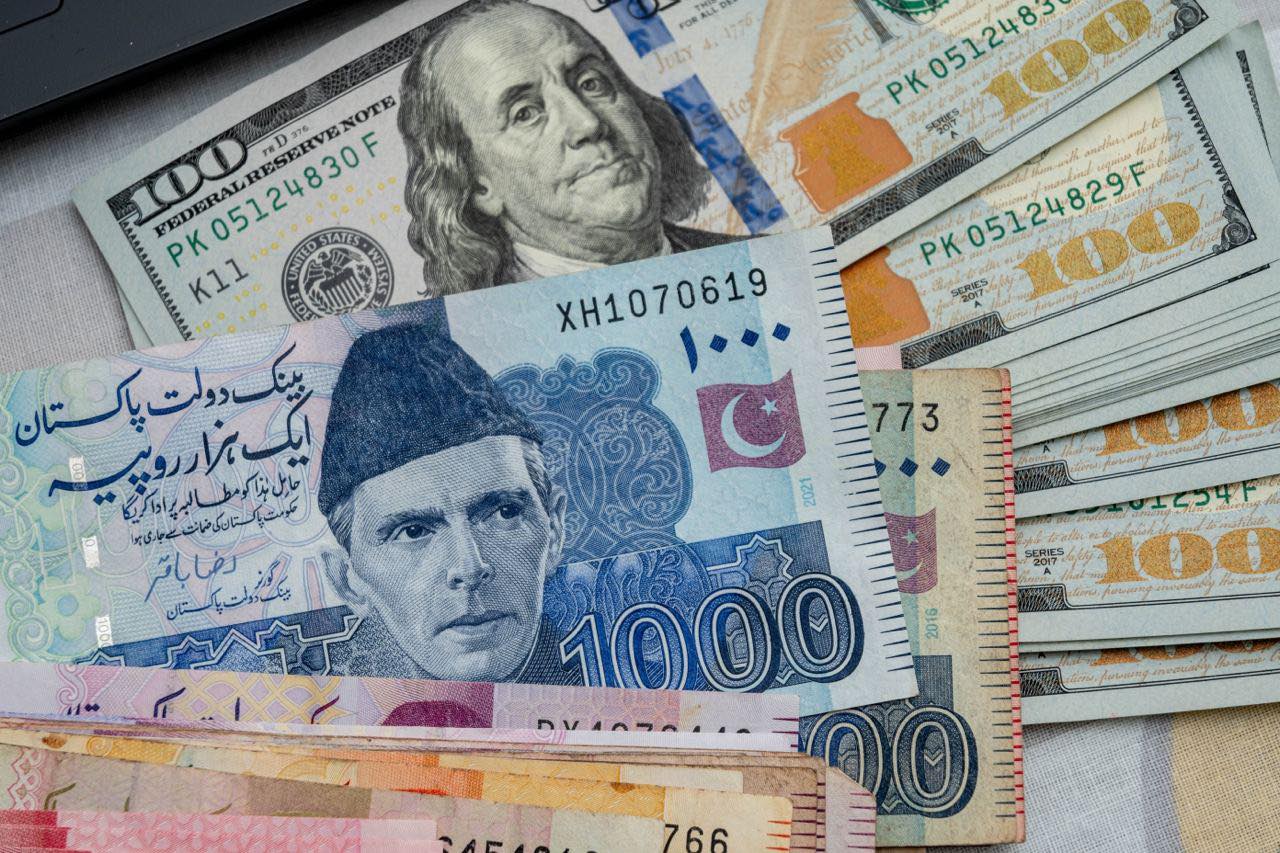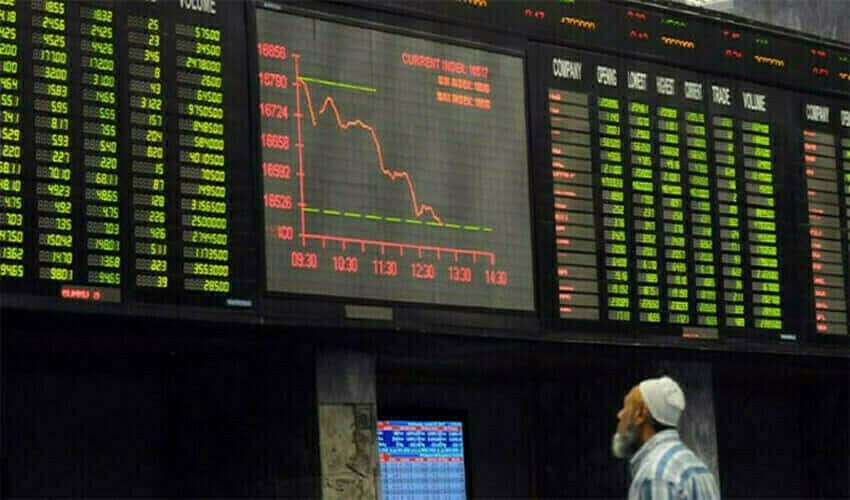PTBP Web Desk
The Rupee recorded a marginal gain against the US dollar on Friday, marking a slight improvement in the inter-bank market as investors reacted cautiously to global currency and commodity trends. The local currency settled at 280.62, reflecting a small appreciation of Re0.03 over the previous session, when it closed at 280.65.
Though modest, this move came at a time of significant international financial volatility, driven largely by uncertainty over US monetary policy, a stronger dollar, and fluctuations in oil prices.
Internationally, the US dollar maintained its strength, poised for its best weekly performance in over a month. Investors are increasingly betting that the Federal Reserve will likely hold off on cutting interest rates at its December meeting.
This sentiment was reinforced by the release of the delayed US nonfarm payrolls report, which painted a mixed picture of the labor market. The report showed that employment growth accelerated in September; however, the unemployment rate rose to 4.4%, the highest level in four years.
The report fueled market expectations that the Fed may continue a cautious approach to monetary easing, navigating uncertainties created by recent economic disruptions, including the ongoing US government shutdown.
The strength of the dollar directly affects emerging market currencies like the Pakistani rupee, as a stronger greenback makes dollar-denominated imports and obligations more expensive, influencing local currency trading and inter-bank rates.
The rupee’s slight appreciation reflects a balancing act between domestic demand and international pressures. Currency analysts note that while the greenback remains firm, small gains in the rupee may be linked to short-term market interventions and foreign inflows seeking to capitalize on attractive exchange rates.
Against other major currencies, the euro was near a two-week low, last trading at $1.1528, on track for a weekly decline of 0.8%. Meanwhile, the US dollar index, which measures the greenback against a basket of global peers, hovered near a 5-1/2-month peak at 100.20, highlighting sustained dollar strength.
Global oil prices, a key factor affecting the Pakistani rupee, fell 1.5% on Friday, marking a third straight session of losses. Brent crude futures dropped 93 cents to $62.45 per barrel, while US West Texas Intermediate (WTI) fell 98 cents to $58.02 per barrel.
Analysts attribute the decline to the United States pushing for a Russia-Ukraine peace deal, which could potentially increase global oil supply. The uncertainty surrounding future Fed rate cuts has also dampened investor appetite for risk, impacting commodity and currency markets worldwide.
Both Brent and WTI are set to decline more than 2.5% this week, erasing gains made during the previous session. Oversupply concerns, coupled with geopolitical developments, continue to influence the stability of currencies in oil-importing nations, including Pakistan.
The slight appreciation of the rupee against the dollar offers temporary relief for importers and businesses dependent on foreign currency. However, market analysts caution that the broader economic outlook for Pakistan’s currency remains susceptible to global factors, including:
- Dollar strength
- US Fed interest rate policy
- Global oil prices
- Geopolitical tensions
Currency experts suggest that sustained intervention by the State Bank of Pakistan and careful management of foreign reserves are necessary to ensure that the rupee does not experience excessive volatility.
The coming days are likely to see continued volatility in the inter-bank market, driven by both domestic and international factors. Traders will closely monitor:
- Further developments in US monetary policy – particularly any shifts in the Fed’s interest rate stance.
- Global oil market movements – as the potential resolution of the Russia-Ukraine conflict could impact crude supply and prices.
- Domestic economic indicators – including foreign inflows, trade balances, and government fiscal measures.
While the rupee’s small gain is encouraging, analysts emphasize that it should be viewed as part of a short-term trend rather than a reversal of broader pressure from a strong dollar and global market uncertainty.




